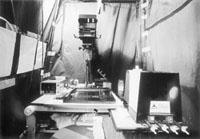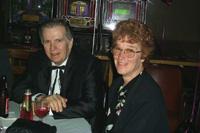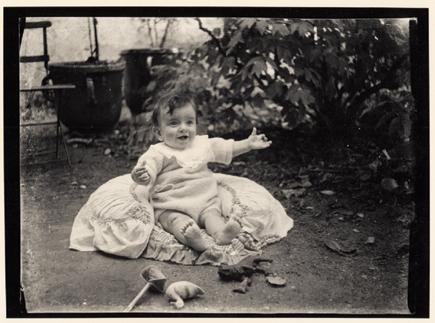The Darkroom
Sort By: Post DateTitle Publish Date
|
Apr 01, 2000
|
Mar 01, 2004
|
Feb 01, 2002
|
Sep 01, 2005
|
Sep 01, 2004
|
Nov 01, 2005









